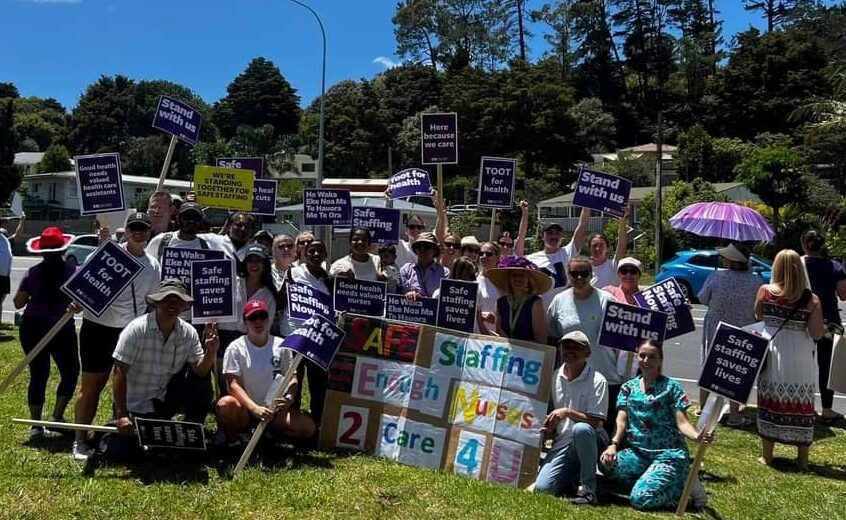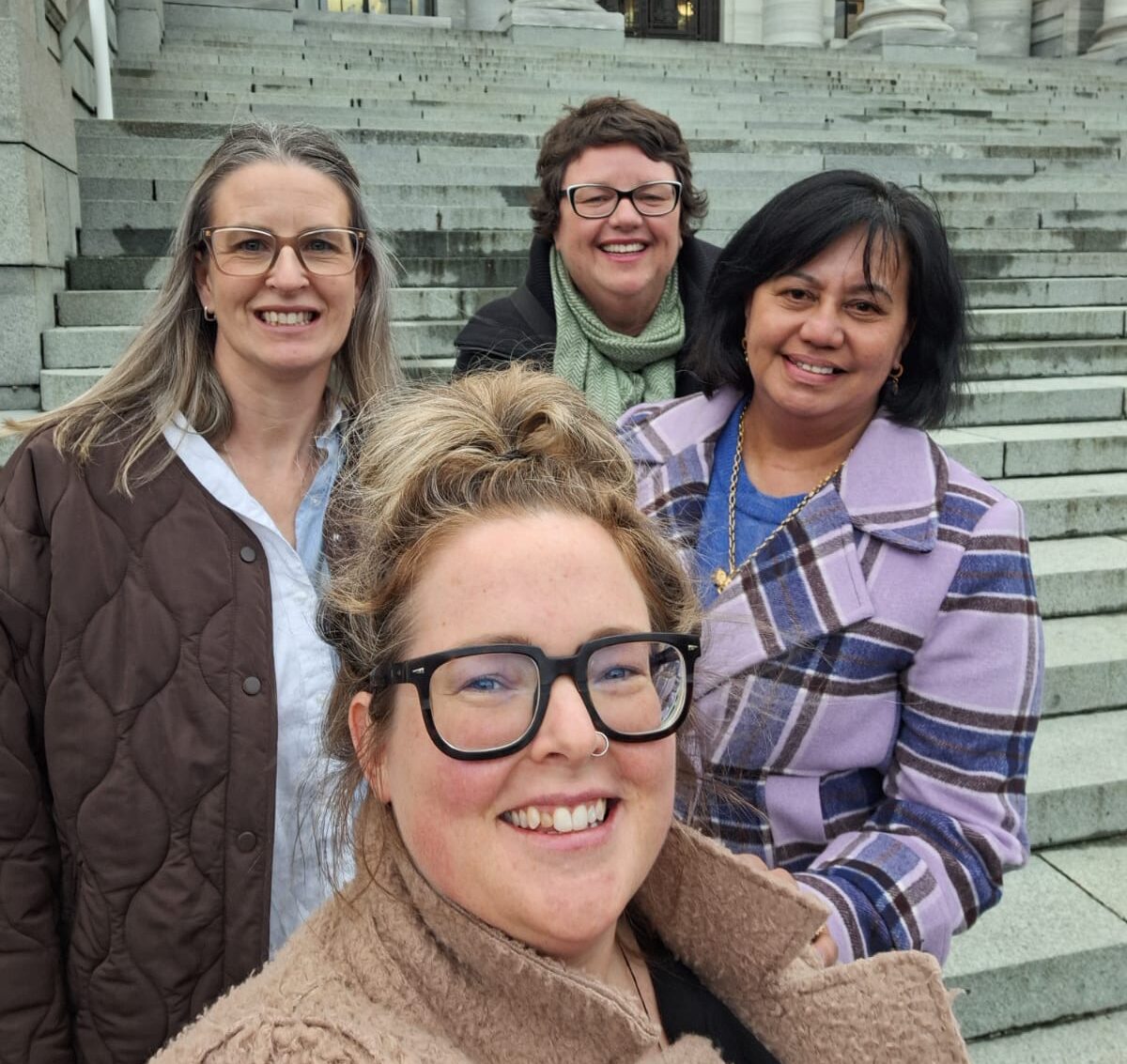ED shifts below CCDM safe-staffing targets Jan-Nov 2024
| Thames Hospital ED | 79% |
| Palmerston North Hospital ED | 65% |
| Tauranga Hospital ED | 60.6% |
| Nelson Hospital ED | 59% |
| Waipapa Christchurch ED | 53% |
| Te Nikau Grey Hospital ED | 51% |
| Wairau Hospital | 49% |
| Taranaki Hospital ED | 43% |
| Whanganui Hospital ED | 39% |
| Waikato Hospital ED | 36% |
| Southland Hospital ED | 34% |
| Whakatāne Hospital ED | 31.5% |
| Tokoroa Hospital ED | 29% |
| Hāwera Hospital ED | 27% |
| Lakes District Hospital ED | 23% |
| Te Kuiti Hospital ED | 21% |
| Taumaranui Hospital ED | 20% |
| Waipapa Hospital Children’s ED | 11% |
| Gisborne Hospital ED | 3% |
Taken from NZNO analysis of CCDM understaffing data supplied by Te Whatu Ora under the Offical Information Act.
College of emergency nurses Aotearoa (CENNZ) chair Lauren Miller said after raising concerns in a meeting with Minister of Health Simeon Brown, it was now in talks with Te Whatu Ora’s chief nurse about how to staff EDs more safely.
“They have heard what we’re saying and are now aware that safely staffing EDs is difficult — it is a beginning.”
The comments come as damning figures reveal at least 20 emergency departments (EDs) were below-safe staffing targets between January and November last year. In Thames Hospital, the worst affected, 79 per cent of all shifts were understaffed over the period.
Other worst-affected EDs included Palmerston North Hospital, which was understaffed 65 per cent of the time; Tauranga Hospital, (61 per cent) Nelson Hospital (59 per cent) and Waipapa Hospital (53 per cent).
‘The fallout is that is, it impacts the patients. It also impacts the wellbeing of the staff.’
Miller and fellow CENNZ members Natasha Hemopo and Wendy Sundgren, raised several concerns with Brown in late July, including ongoing failures to recruit enough ED nurses — despite these shortfalls being identified by safe staffing tool CCDM (care capacity demand management).
“We know these departments are working at a deficit and we’re not able to meet what we consider safe staffing. The fallout is that is, it impacts the patients. It also impacts the wellbeing of the staff,” Miller said.
‘Sorry, yes we are short-staffed’
Te Whatu Ora has apologised to NZNO for not releasing hospital-wide safe staffing data which contradicts its claim hospitals are not short-staffed. The CCDM data revealed that throughout most of 2024, hospital day shifts were below safe staffing targets 51 per cent during daytime shifts and 35 per cent on evening shifts.
As Te Whatu Ora nurses around the country took two-day strike action this month, Miller said the college was pleased to be “at the table” at last.

“This is the third time we’ve met with [a health] minister – we’ve met three different ministers. This is the first time we’ve had ongoing immediate traction after, so that feels promising,” she told Kaitiaki.
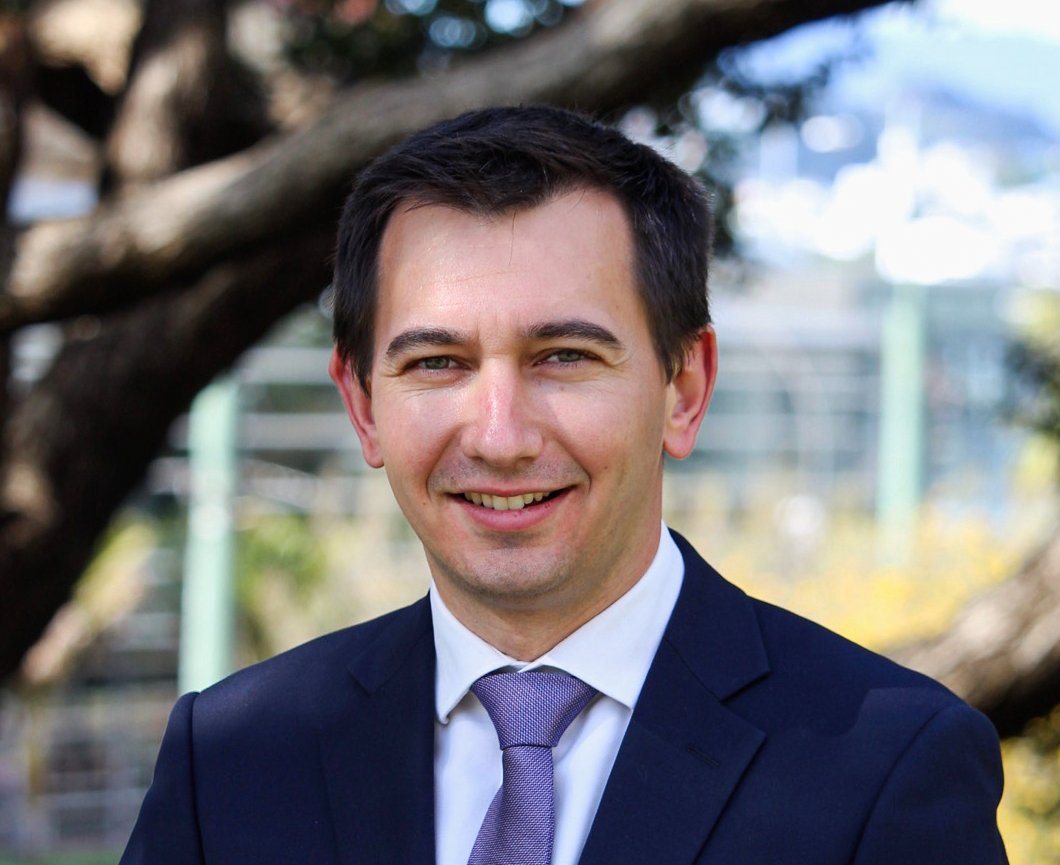
“We feel happy and motivated to contribute to any ongoing conversations around the specialty of emergency nursing.”
‘They have heard what we’re saying and are now aware that safely staffing EDs is difficult –It is a beginning.’
With hundreds of patients were being treated in corridors, as well as deaths in Rotorua, Gisborne and Auckland’s Middlemore Hospital showed real harm was happening as a result of ED understaffing, Miller said.
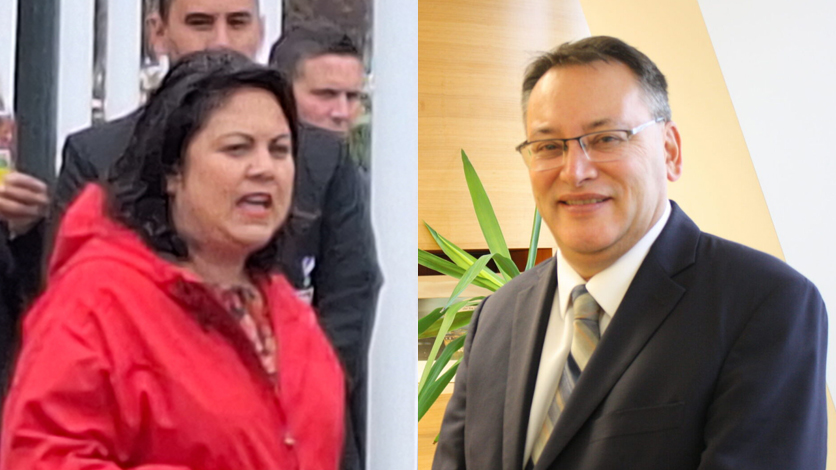
CENNZ had already had two hui with Te Whatu Ora chief nurse and her team over ED safe staffing needs and another was planned. Nurses were finally beginning to be listened to, Miller said.
“We are having some ongoing conversations about that – we are very happy to be at that table.”
It’s all about flow
Patient flow, 24/7 security and more Māori nurses were also on the table at the minister’s hui, where Te Whatu Ora chief nurse Nadine Gray was also present.
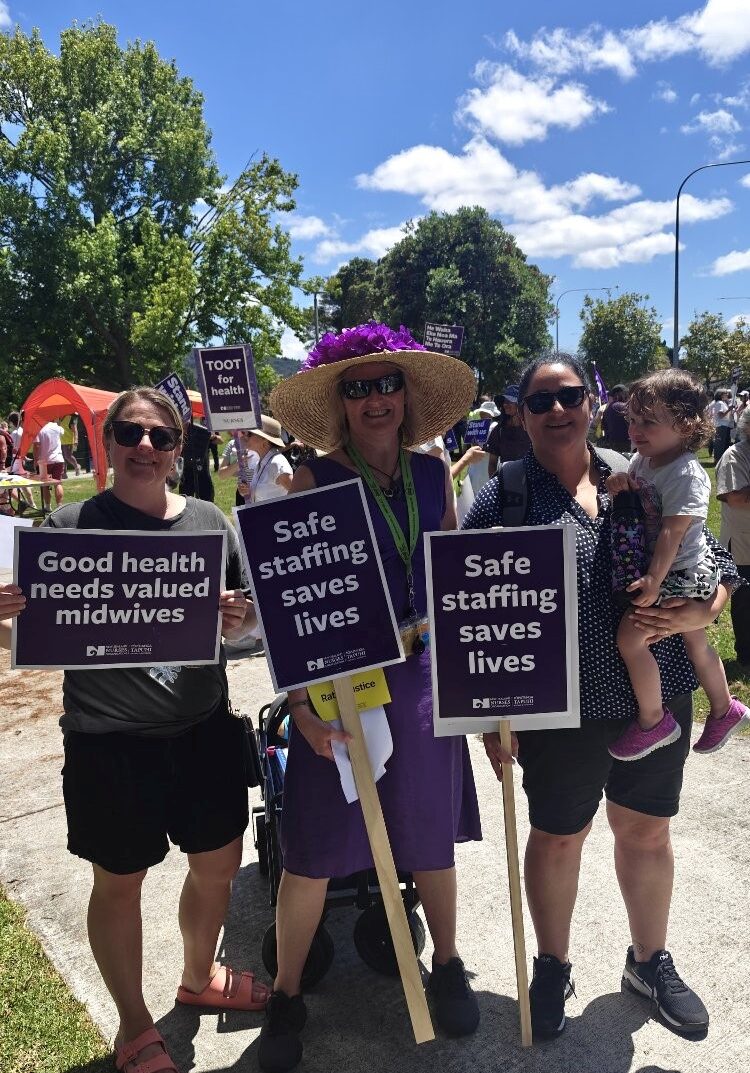
Miller said CENNZ asked Brown to consider hospital flow, rather than focusing on EDs, in its six-hour targets.
“When you say ED has to get all their patients out in six hours, it makes it sound like we are underperforming. But it’s about the flow of patients out of ED – where do you put them? So we would prefer it to be a target that is more focused on hospital flow.”
24/7 security?
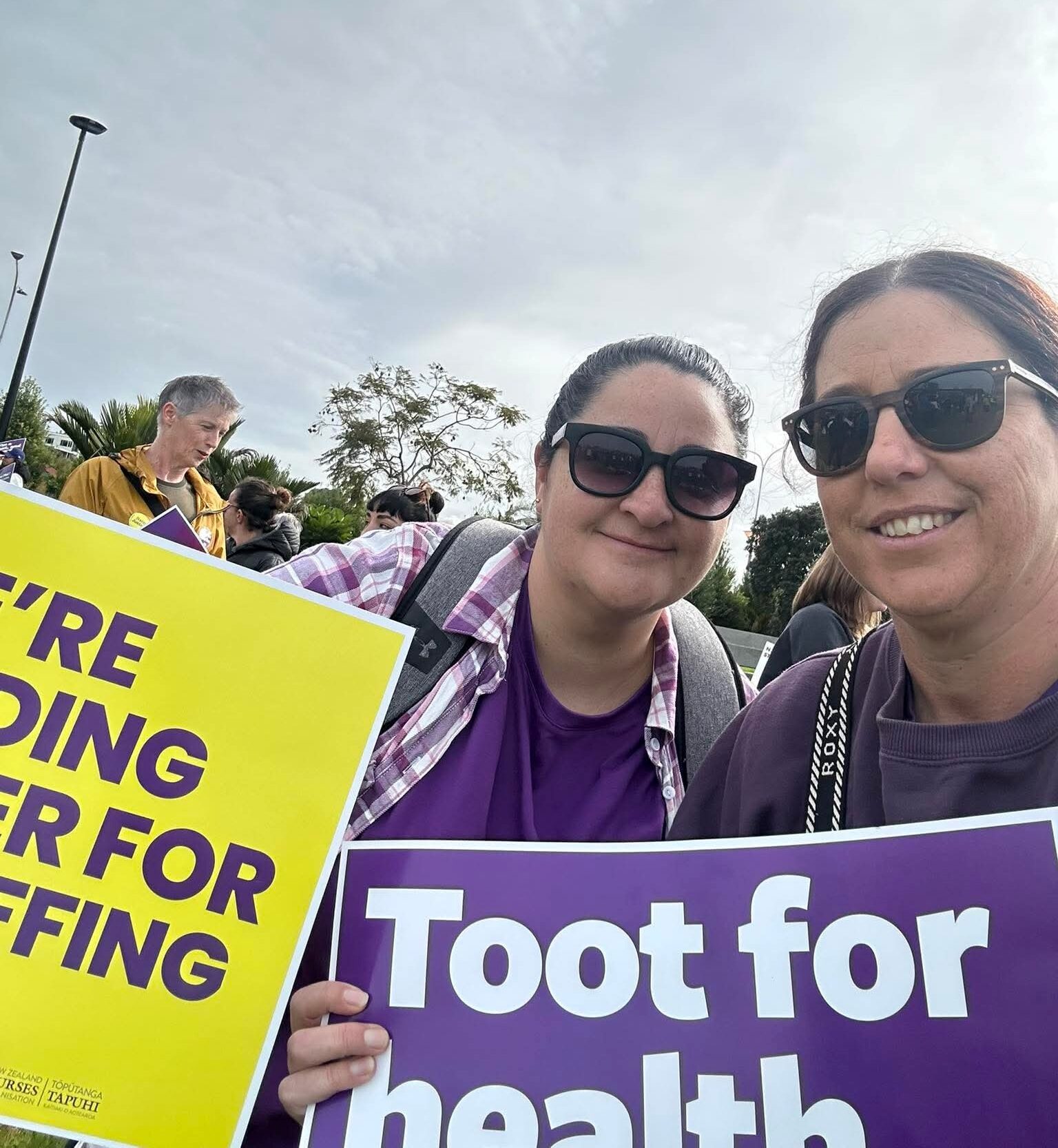
The nurses also asked for 24/7 security in EDs everywhere to combat rising violence and aggression. While Miller was aware of Government efforts to improve ED security guard training, inconsistencies between EDs were “vast” and there had been no commitment to round-the-clock security.
“What we continuously recommend is that every ED in New Zealand has 24/7 purpose-trained security guards, who are integrated members of our wider health-care team and known recognisable faces who work with clinical staff to ensure safety.”
Culturally-safe EDs?
CENNZ also asked the minister to consider research showing Māori were twice as likely to die within 10 days of being discharged from EDs than non-Māori, Miller said.
Nurses told Brown the college “strongly opposed” proposed changes to the Pae Ora Act which would strip the health legislation of its equitable approach to health care and obligations to Māori under te Tiriti o Waitangi, she said.
CENNZ also initiated meetings with former health ministers Shane Reti last year, and Labour’s Ayesha Verrall in 2023 over ongoing staffing, violence and safety concerns.
Minister of Health responds:
Associate Minister of Health Matt Doocey acknowledged ED nurses’ concerns around patient flow and staff safety and said he was expecting new security advice from Te Whatu Ora “soon”.
“We know that improving hospital flow is a key part of easing pressure on emergency departments and meeting the Government’s health target for shorter stays in ED by 2030,” he told Kaitiaki via email.
Investing in primary care would also ease ED pressures, which was why the Government was expanding online access to GP and urgent care, Doocey said.
Doocey said the Government valued emergency nurses, who did an “incredible job of caring for patients every day”.
- Doocey was acting Minister of Health for Brown, who was on parental leave after his fourth child was born when Kaitiaki sought a response recently.
